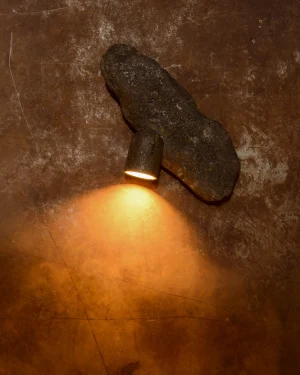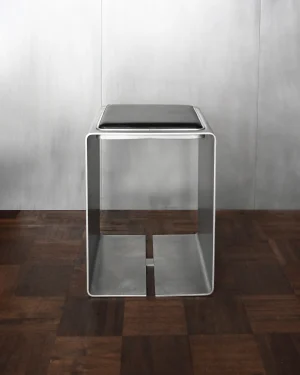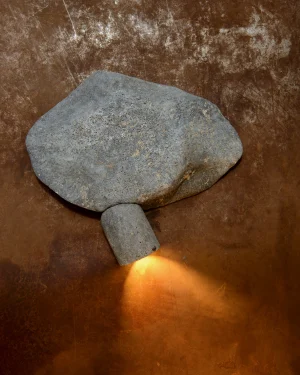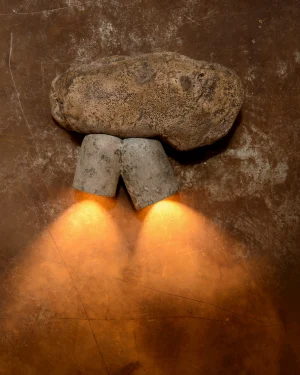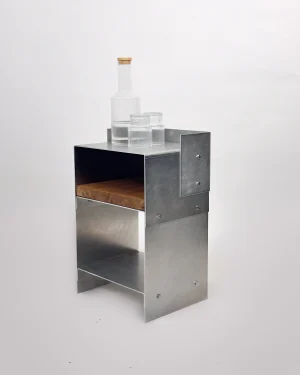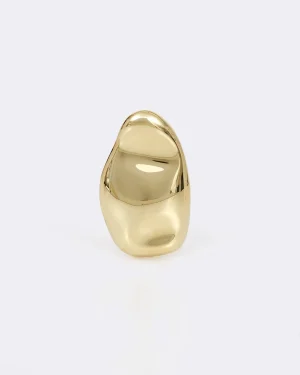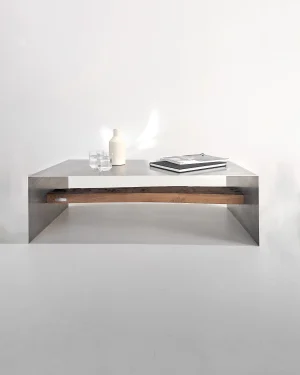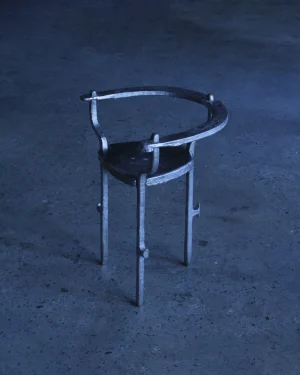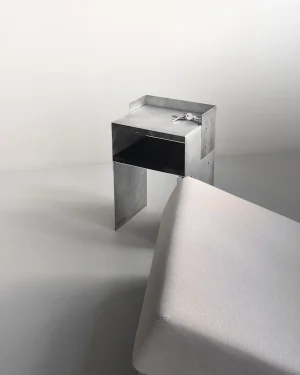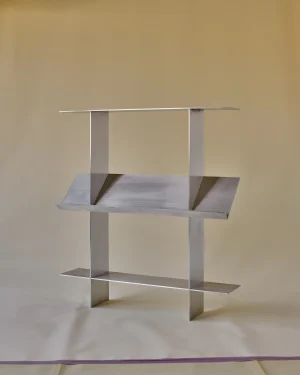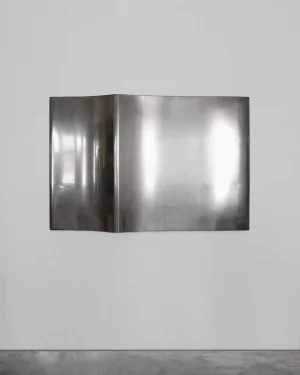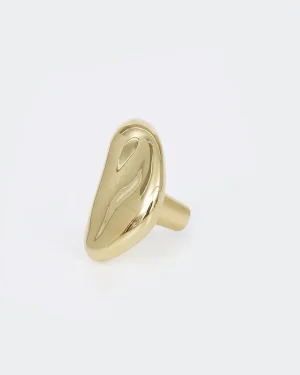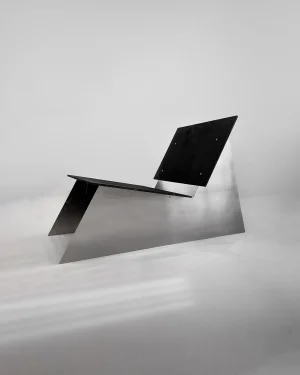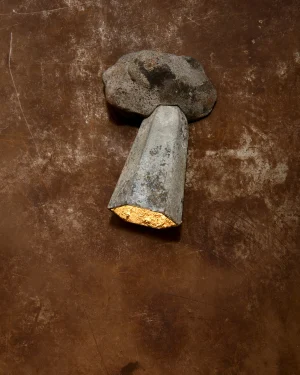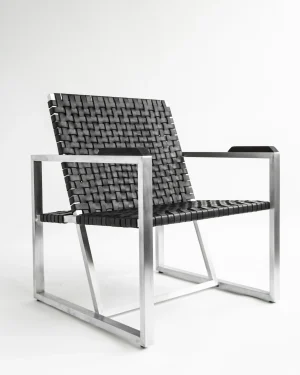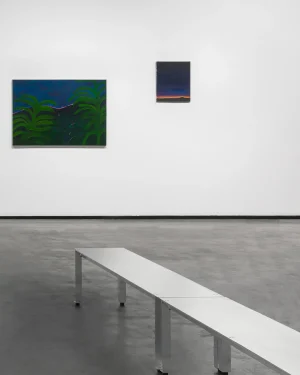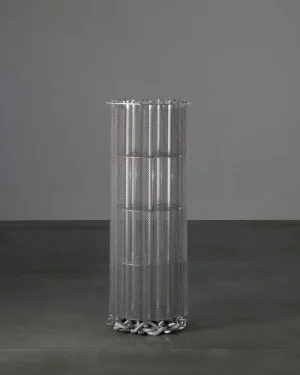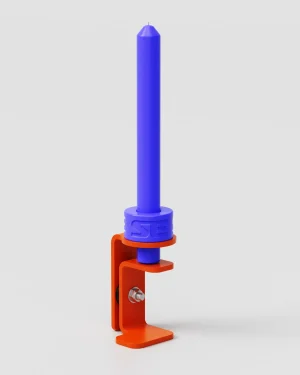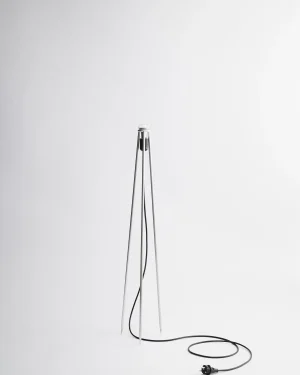-
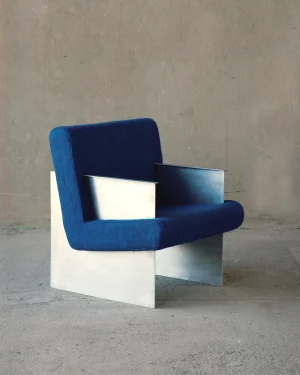
Sword Armchair
€3.900 -
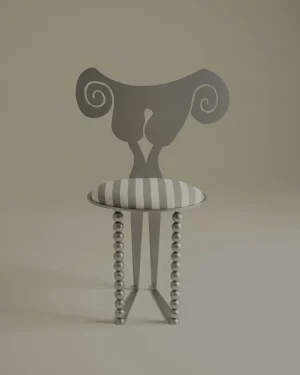
Alma Chair
€5.000 -
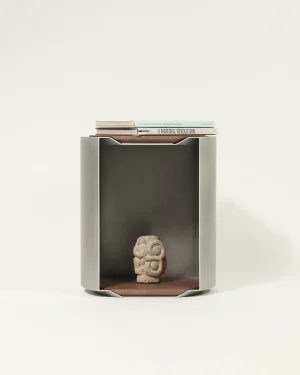
Oruga
€2.684 - €7.320 incl. tax This Piece has multiple variants. The options may be chosen on the Piece page -
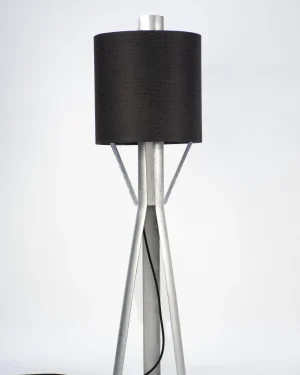 In stock
In stockBig Tube Split
€2.500 -
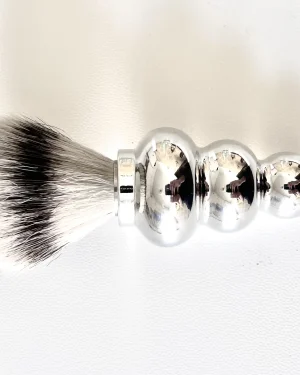 In stock
In stockBrush
Price Upon Request incl. tax -
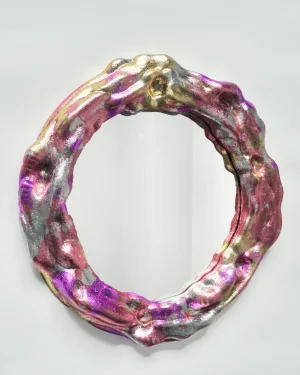 In stock
In stockRenaissance, Bling Bling Collection
Price Upon Request incl. tax -
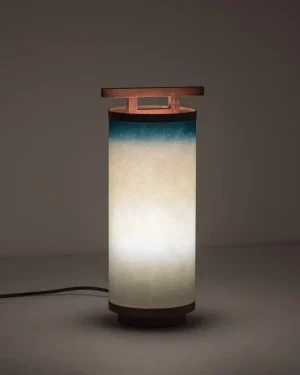 In stock
In stockTorii P – B-vej
€600 incl. tax -
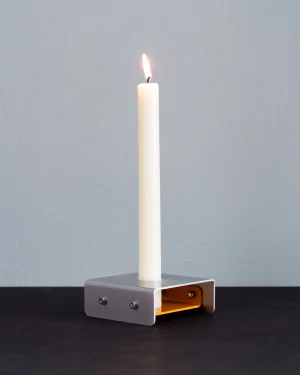
Core Candle Holder
€61 incl. tax This Piece has multiple variants. The options may be chosen on the Piece page -
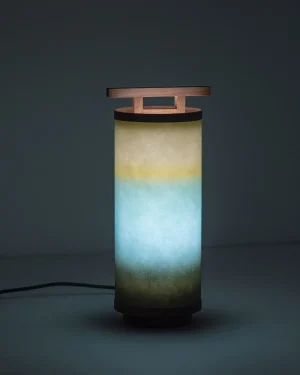 In stock
In stockTorii P – Vej-b
€600 incl. tax -
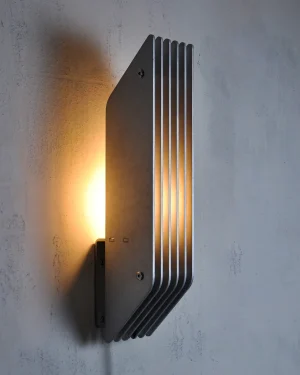 Free shipping
Free shippingRln460 Wall Light – Matte Aluminium
€390 -
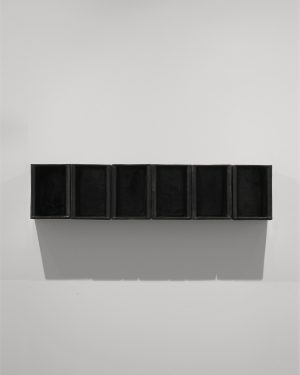
Rune Wall Shelf
€3.750 -
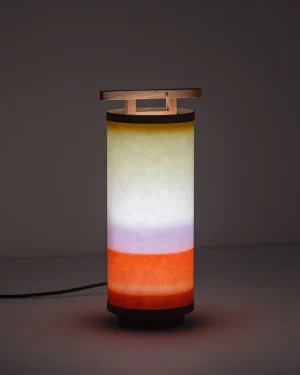 In stock
In stockTorii P – Oj-vive
€600 incl. tax -

Nora Cocktail Table
€2.250 -
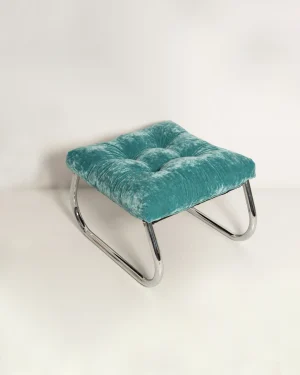 In stock
In stockBauhaus Low Stool
€1.476 incl. tax -
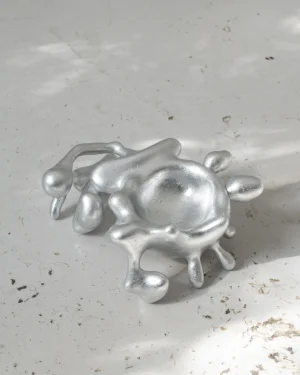 In stock
In stockStage One – Aluminium Tray
€350 -
10% off

Soft Ply Table Lamp Series
€1.210€1.089 incl. tax -
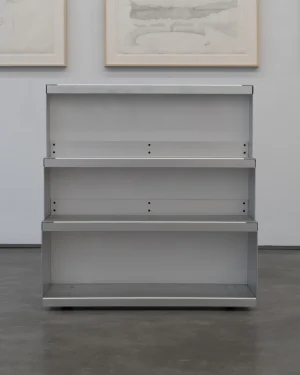 In stock
In stockAluminum Book Cart
€2.595 -
10% off
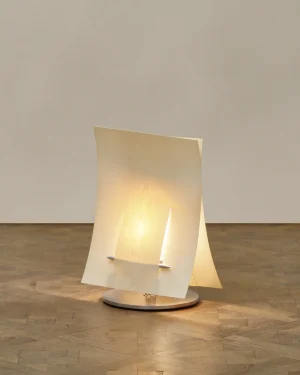
Soft Ply Table Lamp Series
€950€855 incl. tax -
10% off
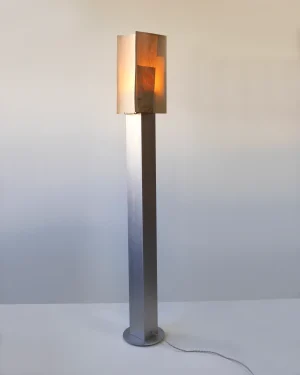
Soft Ply Floor Lamp Series
€1.650€1.486 incl. tax -
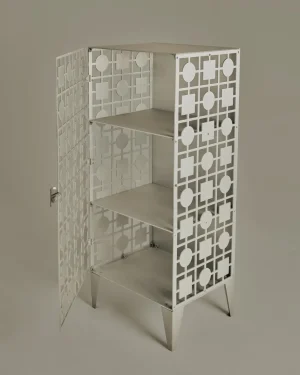
Sona Cabinet
€6.500 -
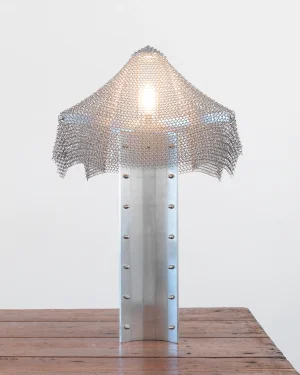 In stock
In stockAthina Table Lamp
€3.955 incl. tax -
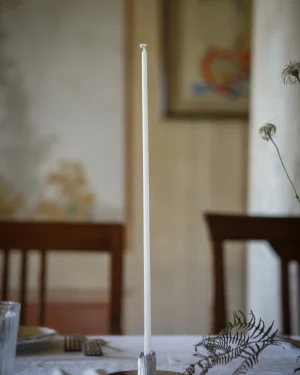 In stock
In stockAluminum Candelabra
€110 -
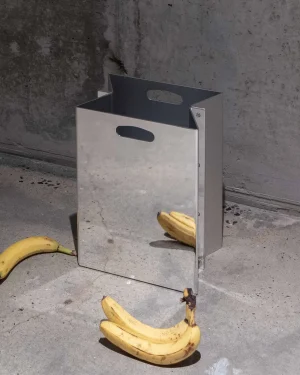 In stock
In stockBucket – Aluminum Storage Container
€1.500
Filters
Category
Accessories
Decor
Bookends
Books
Decorative Objects
Mirrors
Planters
Vases
Wall Decoration
Speakers
Tableware
Bowls
Candleholders
Containers
Trays
Wearables
Bags
Furniture
Beds & Daybeds
Seating
Benches
Chairs
Sofas
Stools
Storage
Cabinets
Credenzas
Drawers
Hooks & Coat Stands
Magazine Holders
Organizers
Room Dividers
Shelves
Tables
Coffee Tables
Console Tables
Desks
Dining Tables
Nightstands
Side Tables
Lighting
Lamps
Ceiling Lamps
Floor Lamps
Table Lamps
Wall Lamps
Price Range (€)
0-500
500-1000
1000-2000
2000-5000
5000 and above
Availability
In stock
Made to order
Ways to buy
Free shipping
On sale
Featured
Materials
Ceramics
Clay
Glazes
Porcelain
Stoneware
Terrazzo
Concrete
Concrete Composite
Glass
Blown Glass
Borosilicate Glass
Mirrorglass
Metals
Aluminum
Brass
Bronze
Copper
Gold
Iron
Steel
Paper
Paper Cord
Paper Pulp
Washi Paper
Plastics
Acrylic
Bio Plastic
Jesmonite
PCR LDPE Plastic
Polystyrene
Polyurethane
Recycled Plastic
Silicone
Stone
Limestone
Marble
Natural Stone
Sand
Textiles
Cotton
Natural Fibers
Silk
Wool
Synthetic Fibers
Wood
Ash Wood
Beech Wood
Birch Wood
Cherry Wood
Chestnut Wood
Cork
Mahogany Wood
Maple Wood
MDF
Oak Wood
Pine Wood
Plywood
Rosa Morada Wood
Teak Wood
Walnut Wood
Biomaterials
Beeswax
Leather
Plant-based Materials
Country
Argentina
Australia
Austria
Belgium
Brazil
Bulgaria
Canada
Chile
China
Colombia
Cyprus
Czech Republic
Denmark
Ecuador
Estonia
Finland
France
Georgia
Germany
Greece
Hungary
Iceland
India
Ireland
Israel
Italy
Japan
Jordan
Kazakhstan
Kosovo
Latvia
Lebanon
Lithuania
Luxembourg
Mexico
Mongolia
Netherlands
New Zealand
Nigeria
Norway
Pakistan
Palestinian Territory
Panama
Peru
Poland
Portugal
Qatar
Romania
Senegal
Singapore
Slovenia
South Africa
South Korea
Spain
Sweden
Switzerland
Thailand
Turkey
Türkiye
Ukraine
United Arab Emirates
United Kingdom (UK)
United States (US)
Design Class
Limited Editions
Open Editions
Unique Pieces
